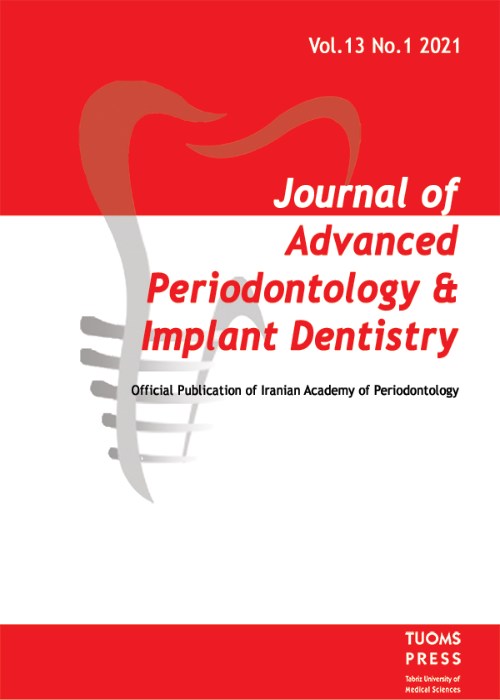Crack growth pattern analysis of monolithic glass ceramic on a titanium abutment for single crown implant restorations using smooth particle hydrodynamics algorithm
Glass ceramic materials have multiple applications in various prosthetic fields. Despite the many advantages of these materials, they still have limitations such as fragility and surface machining and ease of repairing. Crack propagation has been a typical concern in fullceramic crowns, for which many successful numerical simulations have been carried out using the extended finite element method (XFEM). However, XFEM cannot correctly predict a primary crack growth direction under dynamic loading on the implant crown.
In this work, the dental implant crown and abutment were modeled in CATIA V5R19 software using a CT-scan technique based on the human first molar. The crown was approximated with 39514 spherical particles to reach a reasonable convergence in the results. In the present work, glass ceramic was considered the crown material on a titanium abutment. The simulation was performed for an impactor with an initial velocity of 25 m/s in the implant-abutment axis direction. We took advantage of smooth particle hydrodynamics (SPH) such that the burden of defining a primary crack growth direction was suppressed.
The simulation results demonstrated that the micro-crack onset due to the impact wave in the ceramic crown first began from the crown incisal edge and then extended to the margin due to increased stress concentration near the contact region. At 23.36 µs, the crack growth was observed in two different directions based on the crown geometry, and at the end of the simulation, some micro-cracks were also initiated from the crown margin. Moreover, the results showed that the SPH algorithm could be considered an alternative robust tool to predict crack propagation in brittle materials, particularly for the implant crown under dynamic loading.
The main achievement of the present study was that the SPH algorithm is a helpful tool to predict the crack growth pattern in brittle materials, especially for ceramic crowns under dynamic loading. The predicted crack direction showed that the initial crack was divided into two branches after its impact, leading to the crown fracture. The micro-crack initiated from the crown incisal edge and then extended to the crown margin due to the stress concentration near the contact area.
- حق عضویت دریافتی صرف حمایت از نشریات عضو و نگهداری، تکمیل و توسعه مگیران میشود.
- پرداخت حق اشتراک و دانلود مقالات اجازه بازنشر آن در سایر رسانههای چاپی و دیجیتال را به کاربر نمیدهد.



